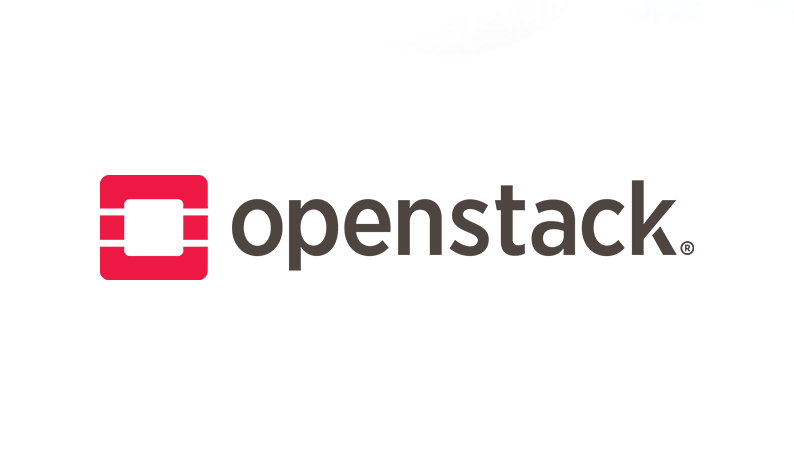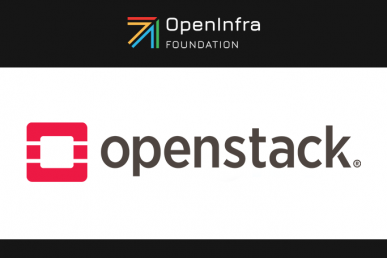Enter, an Italian Internet Service provider, has achieved its goal of becoming a true open cloud provider by launching Enter Cloud Suite, Europe’s first multiregional public Infrastructure as a Service that is managed by OpenStack.
Enter Cloud Suite (ECS) is an insanely scalable and flexible pay-per-use suite of cloud services, distributed across three European regions. The new cloud services enable Italian and international users to safely and seamlessly run any workload on cloud resources distributed across Europe.
ECS provides customers with access to 17,600 virtual servers with 320 TBs of ephemeral disk space, 144 TBs of block storage and 525 TBs of object storage. It is the latest OpenStack-based solution to come out of Enter, since joining the OpenStack community three years ago with the Cactus release. Other Enter services built with OpenStack include Cloudup.it, a pay-as-go cloud server, and Selfserver.it that provides dedicated virtual machines for almost any application..
Founded in Milano, the company operates two regional offices and two datacenters with 60 employees who provide services to more than 1,000 business customers and 8,000 end users in 75 countries. Enter services encompass connectivity, voice, data center services and cloud computing solutions. And OpenStack has been there every step of the way.
“We have always been convinced that basing our cloud offering on OpenStack was the right approach to becoming an open cloud company,” said Martina Casani, Enter marketing manager. “However, after the launch of Selfserver and Cloudup, we felt we still weren’t a ‘true open cloud provider’ until we had a distributed service that was accessible via API and could transcend international borders. We have that now with ECS and OpenStack.”
Enter CTO Mariano Cunietti said OpenStack and ECS also provides an alternative to proprietary cloud solutions.
“We try to be a European alternative to Amazon for organizations that need real clouds keeping their data in Europe,” he said. “We think we must move to a new stage where the cloud enables companies to be much more flexible and agile.
We want to support scalable, reliable, resilient applications on the cloud, which we can do with OpenStack, but we added to OpenStack side services and interfaces. We think European, but we are local, in various countries, providing local services, investing in local infrastructures, supporting our customers in their own language.
A Vision of Complete Openness
For Enter, being an Internet Service provider is more than selling Internet services, it is about making a meaningful difference to the business community by sharing access to IT resources. This concept is rooted in the company’s business model, which provides a shared infrastructure to anyone who needs an efficient, sustainable, advanced, vendor neutral way to use Internet services.
To understand Enter’s commitment to open and sharing communities, take a quick tour of their Milano office. Last year, Enter converted its headquarters into a public co-working environment. With 60 employees and 200 desks, Enter fills its remaining spaces with outside professionals who complement its business model. And recently, a makerspace has been added, to give shared access to machineries and tools, on a PAYG basis.
"We redesigned our offices as shared workspace after realizing that people needed a place where they could access infrastructure in a shared model so that when someone is not using them, someone else can," Cunietti said. “This benefits us because we are constantly exposed to new ideas. And it pays for our rights to the building. So we are now the only company in Italy that has a negative rent line and a positive flow of fresh insights.”
OpenStack and ECS Overview
Enter’s entire ECS infrastructure is managed with Havana, the eighth release of OpenStack software with new features such as networking, orchestration, monitoring, and support for block and object storage.
ECS virtual machines are managed using OpenStack Compute (Nova), which acts as an orchestrator, communicating user requests to the KVM open source hypervisor using libvirt API calls. Customers have access to a variety of Linux and Windows Server images and templates that are managed with OpenStack Glance for Image. This allows users to take snapshots, restore, download and upload virtual machines and use OpenStack’s object systems and block storage as a backend.
OpenStack network (Neutron) provides networking functionality to take advantage of the latest software defined networks technology with open source plugins.
Instances can mount persistent block storage volumes thanks to the interaction between KVMs and the storage operated by OpenStack Block Storage (Cinder). OpenStack Object Store (Swift) uses software to manage large amounts of disk space, which can be scaled up to several hundred petabytes.
OpenStack Identity (Keystone) oversees the entire ECS authentication process while OpenStack Metering (Ceilometer) monitors each user’s consumption of each resource.
"We use Keystone to authenticate all of our services that are running on top of OpenStack," Cunietti said. "Our DNS service is authenticated using Keystone, which we plan to have as a central authentication system for all of our users. We did so many things with OpenStack in the last year that I just simply can not list them all."
Another Successful Round with OpenStack and the Community
The launch of ECS marks the third major platform introduction with OpenStack, which Cunietti described as agile and flexible partner. He said OpenStack provides easier access to the open source code when and if needed, unlike proprietary platforms, while offering multiple flavors of different solutions such as their choice of the orchestrator.
“That’s a big and important difference when you are building out a product,” he said. “You must be able to make changes if necessary to fit the company image and personality.”
Cunietti also credits the OpenStack community for a variety of unique business benefits. Support resources are there when he needs them along with visibility to a broad network of new ideas and information.
Since joining the OpenStack community two years ago, Enter has taken the lead to form the OpenStack user group in Italy with more than 300 members, opening new doors to colleagues and peers in his region.
“Our involvement in the OpenStack community has changed our popularity in the industry while saving us money at the same time,” Cunietti said. “It helps that we pay no licenses, which saves us money. We create efficiencies by running new technologies. And we can tweak them for greater performance on commodity hardware, which also lowers the prices. So no licenses, greater efficiency, commodity hardware – it’s all good news for the customer and us in terms of price and value.”
As Cunietti continues to strengthen Enter’s status as a world-class, open cloud provider, he plans to maintain an open and two-way avenue of ideas with the OpenStack community. The ability to share everything, in his opinion, is critical to the continued success of the company and the community.
“We believe the sharing economy is based on transparency,” he said. “If you want to share, you don’t share only what you sell. You share also your ideas as well. When it comes to open source, sharing ideas is a must for a community that affords us access to a lot of very interesting people with very unique backgrounds.”
- How OpenStack is helping SK Telecom roll out the next 5G LTE network - February 9, 2016
- Enter Fulfills Vision of Becoming a True Open Cloud Provider - July 15, 2014
- GoDaddy Builds Their Open Cloud with OpenStack - July 9, 2014

)










